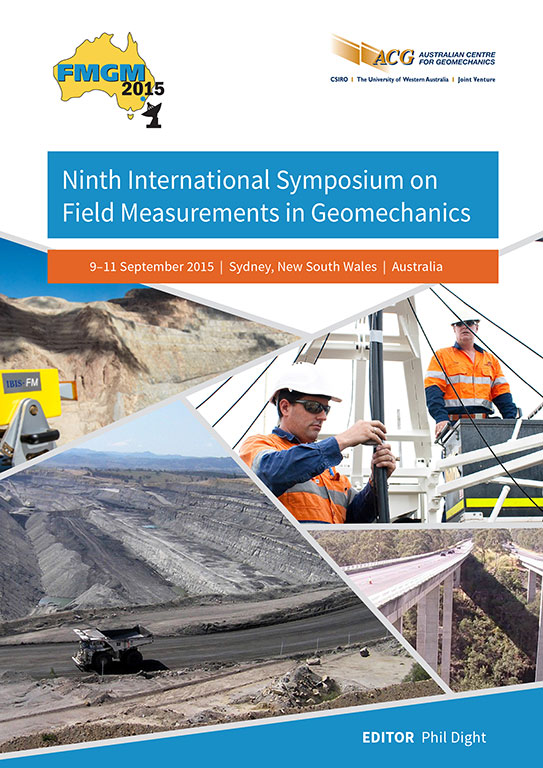Sublevel open stoping hanging wall instrumentation program at the Dugald River underground mine

|
Authors: Carswell, JF; Player, J; de Vries, R; Hassell, R Paper is not available for download Contact Us |
DOI https://doi.org/10.36487/ACG_rep/1508_38_Carswell
Cite As:
Carswell, JF, Player, J, de Vries, R & Hassell, R 2015, 'Sublevel open stoping hanging wall instrumentation program at the Dugald River underground mine', in PM Dight (ed.), FMGM 2015: Proceedings of the Ninth Symposium on Field Measurements in Geomechanics, Australian Centre for Geomechanics, Perth, pp. 551-564, https://doi.org/10.36487/ACG_rep/1508_38_Carswell
Abstract:
An extensive sub level open stoping (SLOS) rock mass displacement monitoring program was conducted at the MMG Limited Dugald River underground mine as part of a trial stoping program from March to December 2014. Trial stoping was conducted primarily to improve the geotechnical understanding of stope hanging wall (HW) rock mass and evaluate its response to excavation. The program was necessary due to the interpreted presence of a weak unit within the rock mass proximate to the stope HW and the potential for this to be the cause of dilution. The trial consisted of 19 stopes, a combination of both longitudinal and transverse stopes, 15-30 m strike, and single and double lifts. Three HW instrumentation drives were developed adjacent to the trial stoping block and 91 HW instruments were installed in the diamond drill holes. The NQ2 holes provided detailed knowledge of the HW rock mass. The instruments were connected to a data logger in each drive allowing detailed data to be collected on the HW response to mining. Understanding the geotechnical parameters of rock mass, HW performance, varying stope strike length and excavation sequencing, were required for input into life of mine design for economic sensitivity analysis from improved understanding of excavation stability and stope wall dilution. A large amount of instrumentation data; data logger read multiple point extensometers, manually read resistance wire extensometers and time domain reflectometry, and open NQ2 diamond holes for camera observation, was gathered and analysed. These provided an improved understanding of the rock mass response to SLOS. Key learnings from the geotechnical monitoring program include an optimal extensometer installation method that will be used for future installation; the high quality and detailed data that can be collected with a data logger system; an improved understanding of the HW geological fault framework; the effect of cable bolting on HW performance; and the overall HW rock mass response to SLOS.
References:
O’Connor, K & Dowdig, H 1984, ‘Application of Time Domain Reflectometry to Mining’, Proceedings of the 25th International Symposium on Rock Mechanics (USRMS), American Rock Mechanics Association, Alexandria, VA, pp. 737-746.
© Copyright 2025, Australian Centre for Geomechanics (ACG), The University of Western Australia. All rights reserved.
View copyright/legal information
Please direct any queries or error reports to repository-acg@uwa.edu.au
View copyright/legal information
Please direct any queries or error reports to repository-acg@uwa.edu.au